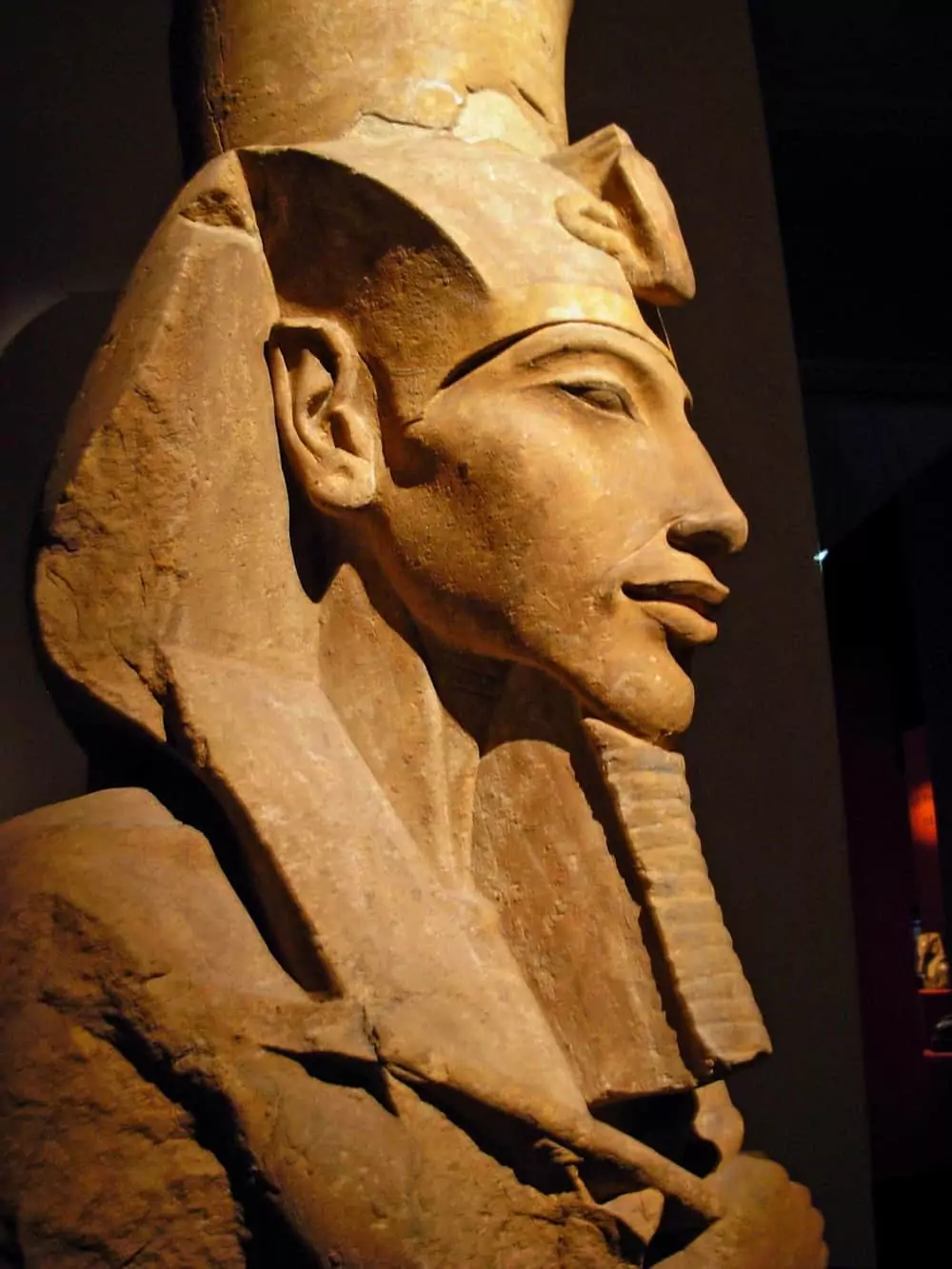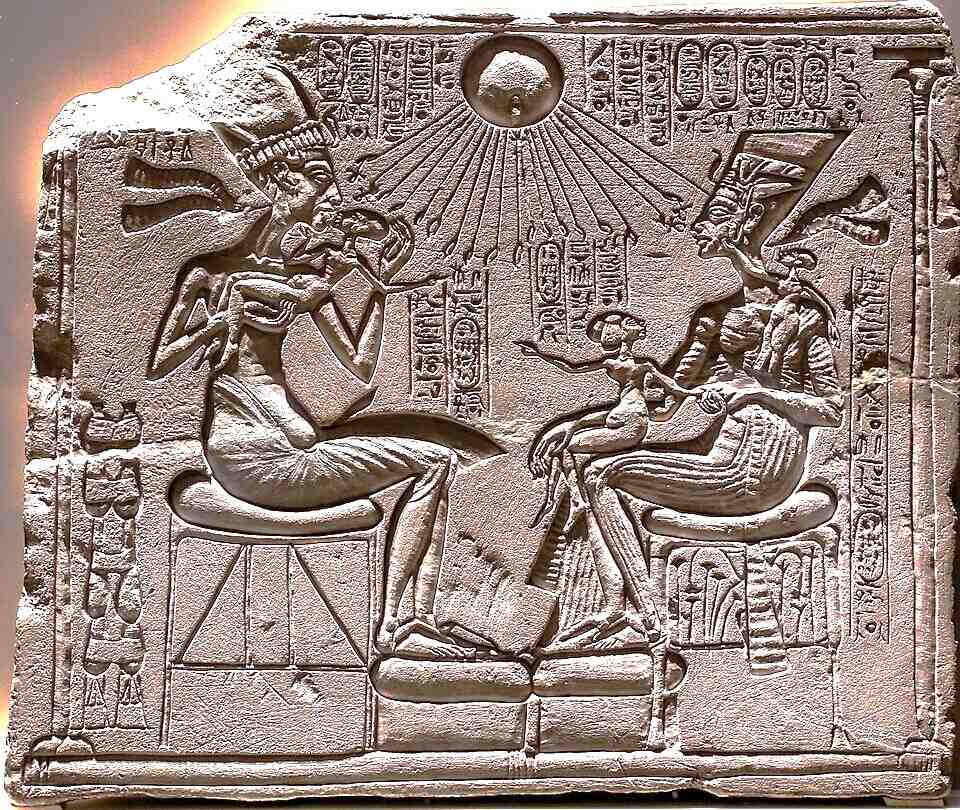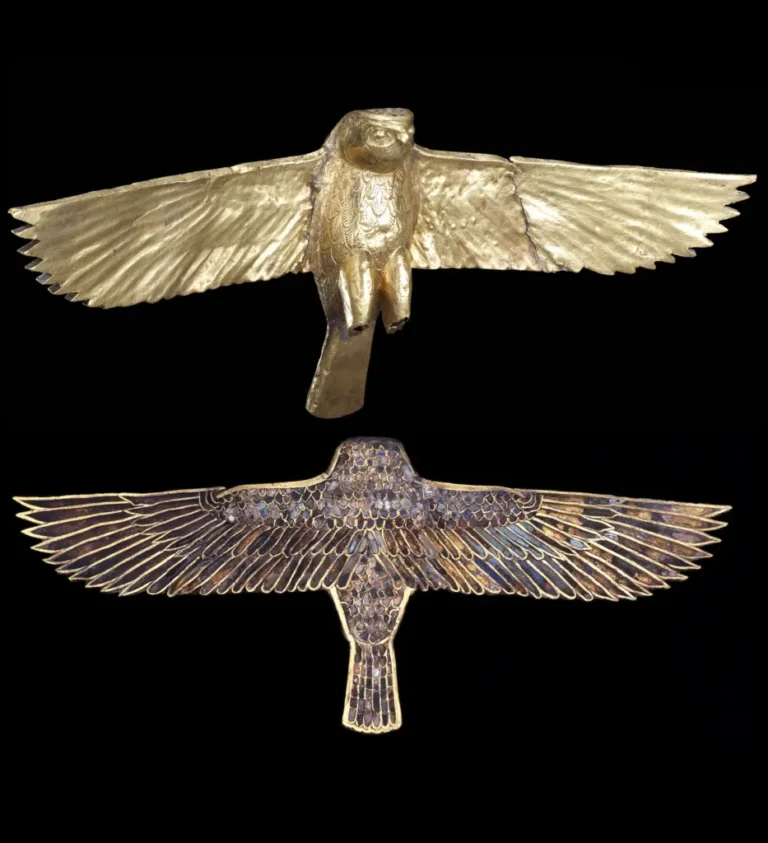Looking for a muse? Check no further. Discover the Best of Art, Culture, History & Beyond!

The Unlikely Pharaoh
In the grand tapestry of ancient Egypt’s dynastic saga, few figures are as enigmatic and polarizing as Akhenaten. Born as Amenhotep IV, the second son of Pharaoh Amenhotep III and Queen Tiye, his ascension to the throne was unexpected. The premature death of his elder brother, Thutmose, thrust him into a role for which history suggests he was both unprepared and uniquely suited.
Assuming power around 1353 BCE, Akhenaten inherited a kingdom steeped in tradition, where the pantheon of gods, particularly Amun, held sway over the spiritual and political realms. Yet, within a few years, this young pharaoh would challenge the very foundations of Egyptian society, introducing a radical monotheistic worship centered on the Aten—the sun disk.
The Rise of Atenism
Initially, Akhenaten’s reign appeared conventional. He maintained the capital at Thebes and honored the traditional deities. However, subtle shifts began to emerge. Temples dedicated to the Aten were constructed, and hymns praising this singular god started to circulate.
By the fifth year of his reign, Akhenaten’s religious reforms intensified. He declared the Aten as the sole deity, effectively sidelining the established gods and their powerful priesthoods. This move wasn’t merely theological; it was a calculated political strategy to consolidate power and diminish the influence of the Amun clergy.
To further cement this new religious order, Akhenaten changed his name from Amenhotep IV to Akhenaten, meaning “Effective for the Aten.” He also commissioned the construction of a new capital city, Akhetaten (modern-day Amarna), dedicated entirely to the worship of the Aten.
Artistic Revolution: The Amarna Style
Akhenaten’s religious upheaval was mirrored in the arts. Departing from the rigid and idealized representations of pharaohs, the Amarna style introduced a more naturalistic and intimate portrayal of the royal family. Akhenaten is depicted with elongated limbs, a protruding belly, and androgynous features—a stark contrast to his predecessors.
These artistic choices have sparked debates among scholars. Some suggest they reflect a new aesthetic aligned with Atenism’s principles, emphasizing the pharaoh’s unique connection to the divine. Others theorize that Akhenaten may have had a genetic disorder, such as Marfan syndrome, influencing his physical appearance and, by extension, his artistic representations.
Notably, the art from this period also showcases tender familial scenes, with Akhenaten, his queen Nefertiti, and their children depicted in affectionate poses, basking in the rays of the Aten. This emphasis on domesticity and the divine underscores the centrality of the royal family in the new religious paradigm.
The Queen at His Side: Nefertiti’s Pivotal Role
Central to Akhenaten’s revolution was Queen Nefertiti, one of the most iconic figures of ancient Egypt. Far more than a ceremonial consort, Nefertiti appears to have ruled as Akhenaten’s equal, if not co-regent. Her images are as prominent in Amarna art as the pharaoh’s, sometimes shown smiting enemies or performing rituals—actions traditionally reserved for kings.
Some Egyptologists speculate that Nefertiti may have assumed a pharaonic identity under the name Neferneferuaten after Akhenaten’s death, bridging the gap before Tutankhamun’s reign. Others go further, proposing she ruled briefly as Smenkhkare, though this remains unconfirmed due to the sparse and ambiguous records from this transitional period.
Regardless, Nefertiti’s presence symbolized the unity of the royal family with the divine Aten, reinforcing the notion that kingship and divine favor were now centered on a single lineage, not the sprawling priesthoods of old.

The Fall of Akhetaten and the Return to Tradition
Akhenaten’s reforms, while sweeping, were not widely accepted. His suppression of traditional deities alienated the powerful clergy and many citizens whose daily lives revolved around local gods. Economic strain, caused partly by the enormous resources funneled into building Akhetaten and Aten temples, further eroded support.
After Akhenaten’s death—around 1336 BCE—the backlash was swift. His successor, a boy-king named Tutankhaten (likely Akhenaten’s son or son-in-law), changed his name to Tutankhamun, restoring Amun’s primacy and moving the capital back to Thebes. The cult of Aten was abandoned, temples dismantled, and Akhenaten’s name was stricken from official king lists—his memory effectively damnatio memoriae.
Ironically, this erasure preserved his legacy. The lack of subsequent construction at Amarna meant that, unlike other capitals that were built over, its ruins lay untouched, providing modern archaeologists with rare and vivid insights into this radical episode in Egyptian history.
The Mystery of the Missing Mummy
One of the enduring puzzles surrounding Akhenaten is the location of his remains. He was initially buried at Akhetaten, but there’s evidence that his body may have been moved to the Valley of the Kings during the counter-reformation under Tutankhamun.
In 2010, DNA analysis suggested that the mummy found in tomb KV55 is likely Akhenaten. The individual shares a genetic profile with Tutankhamun, believed to be his son, and displays several anatomical features consistent with Amarna art depictions. However, the identification is not conclusive. The body showed signs of degradation, and scholars remain divided due to uncertainties in both the historical and genetic records.
Whether KV55 is indeed Akhenaten or another short-lived Amarna ruler remains open—but it only deepens the mystique around this heretic king.
Akhenaten in Modern Thought: Proto-Monotheism or Political Strategy?
Akhenaten’s promotion of Aten as the “sole god” has led some scholars to frame him as the world’s first monotheist. Sigmund Freud famously drew parallels between Akhenaten’s theology and that of Moses in his controversial book Moses and Monotheism, suggesting that Moses was a follower of Atenism who carried its ideas into the Hebrew faith. This theory, while fascinating, is speculative and lacks direct archaeological evidence.
Other historians argue that Akhenaten’s religious shift was less about spiritual conviction and more about centralizing political power. By elevating Aten and eliminating competing cults—especially that of Amun—he dismantled the institutional pillars that could challenge royal authority. In this reading, monotheism was a tool of absolutism cloaked in divine sunlight.
Still, Akhenaten’s legacy is singular. He carved out a brief utopia where a single deity illuminated the world, where pharaohs were depicted as flawed and human, and where the old order was defied in favor of a personal, radiant god.
Final Reflections – A Brief Flame in the Egyptian Cosmos
Akhenaten’s reign was short in the context of Egypt’s vast dynastic timeline, but its aftershocks were immense. For 17 years, he reimagined the divine order, upended tradition, and dared to place himself—and his god—at the center of existence.
Though later generations tried to bury his memory, modern archaeology has resurrected his name and deeds with an intensity perhaps even he could not have foreseen. Akhenaten was a visionary, a heretic, a zealot, and a ruler whose sun still casts long shadows across the Nile.
Sources Consulted:
- Assmann, Jan. The Mind of Egypt: History and Meaning in the Time of the Pharaohs. Harvard University Press.
- Reeves, Nicholas. Akhenaten: Egypt’s False Prophet. Thames & Hudson.
- Redford, Donald B. Akhenaten: The Heretic King. Princeton University Press.
- Wilkinson, Toby. The Rise and Fall of Ancient Egypt. Random House.
- Wikipedia: Akhenaten
- The Amarna Project

This article is published on ArtAddict Galleria, where we explore the intersections of art, history, and culture. Stay tuned for more insights and discoveries!
